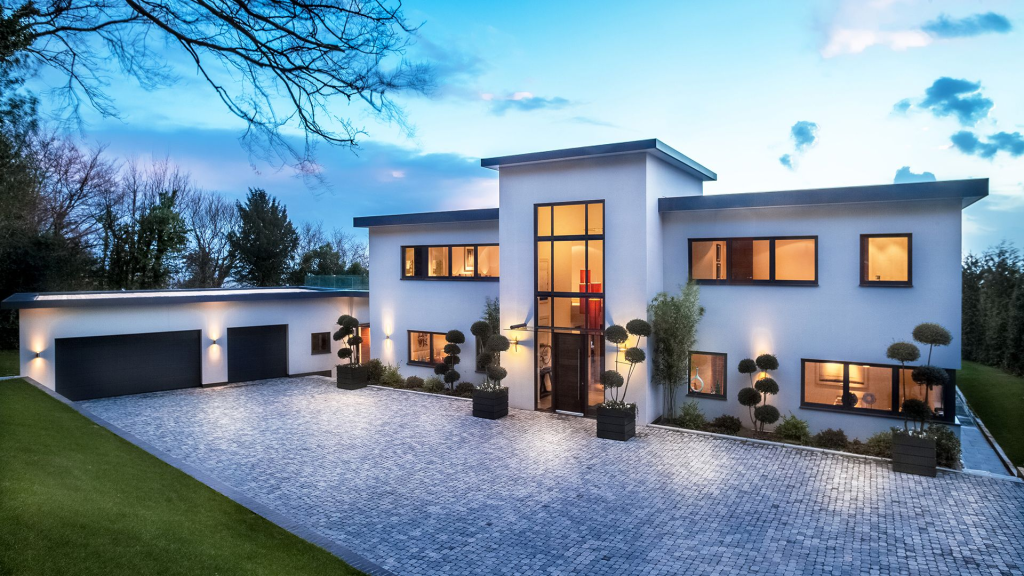When it comes to giving a building exterior a smooth, stylish, and long-lasting finish, Monocouche Rendering has quickly become a top choice among homeowners, architects, and builders. Known for its durability, weather resistance, and low maintenance, this type of render offers both practical and aesthetic benefits. Below, we’ll explore what makes Monocouche Rendering stand out, its advantages, and why it’s reshaping modern construction practices.
What is Monocouche Rendering?
The word Monocouche comes from the French term meaning “single layer.” Unlike traditional rendering methods that require multiple coats, Monocouche Rendering is applied in one thick coat, which saves time and reduces labor costs. It is a cement-based render, pre-mixed with pigments, allowing the color to run throughout the material. This means there is no need for painting after application.
Advantages of Monocouche Rendering
1. Long-Lasting Durability
Monocouche Rendering is designed to withstand harsh weather conditions, including heavy rain, frost, and strong sunlight. It creates a protective layer that prevents water penetration and reduces the risk of cracks compared to traditional renders.
2. Low Maintenance
Because the color is built into the render, it won’t peel or flake over time. Homeowners benefit from a fresh-looking exterior for years without the need for frequent repainting or touch-ups.
3. Aesthetic Versatility
Available in a wide range of colors and finishes, Monocouche Rendering gives architects and property owners freedom in design. From smooth, contemporary looks to textured finishes, it complements both modern and traditional architecture.
4. Energy Efficiency
By adding an extra layer of insulation and protection, this rendering system can improve thermal performance. This contributes to reduced heating bills and a more energy-efficient home.
The Application Process
Applying Monocouche Rendering requires professional skills and specialist tools. Typically, the process involves:
-
Surface Preparation – Ensuring the wall is clean and stable.
-
Basecoat Application – A bonding coat may be used for extra adhesion.
-
Monocouche Render Application – Applied in a single, thick coat either by hand or with a spray machine.
-
Finishing – The surface is leveled and textured to achieve the desired look.
The fact that it can be machine-applied makes it a faster and more efficient solution for large-scale projects compared to traditional rendering.
Monocouche vs. Traditional Rendering
Traditional sand and cement render requires painting, frequent maintenance, and often suffers from cracks due to movement or weather exposure. In contrast, Monocouche Rendering not only integrates color but also offers superior flexibility and weather resistance. This makes it a long-term investment rather than just a cosmetic upgrade.
Why Choose Monocouche Rendering?
For anyone seeking a modern, low-maintenance, and attractive solution for external walls, Monocouche Rendering stands out as the ideal choice. Its ability to combine durability with style makes it increasingly popular across residential, commercial, and industrial projects. Whether you’re renovating an old building or constructing a new home, this rendering system delivers a finish that looks good and lasts for decades.
Final Thought:
Monocouche Rendering is more than just a finishing coat—it’s a smart, sustainable, and stylish way to protect and enhance your property’s exterior.


